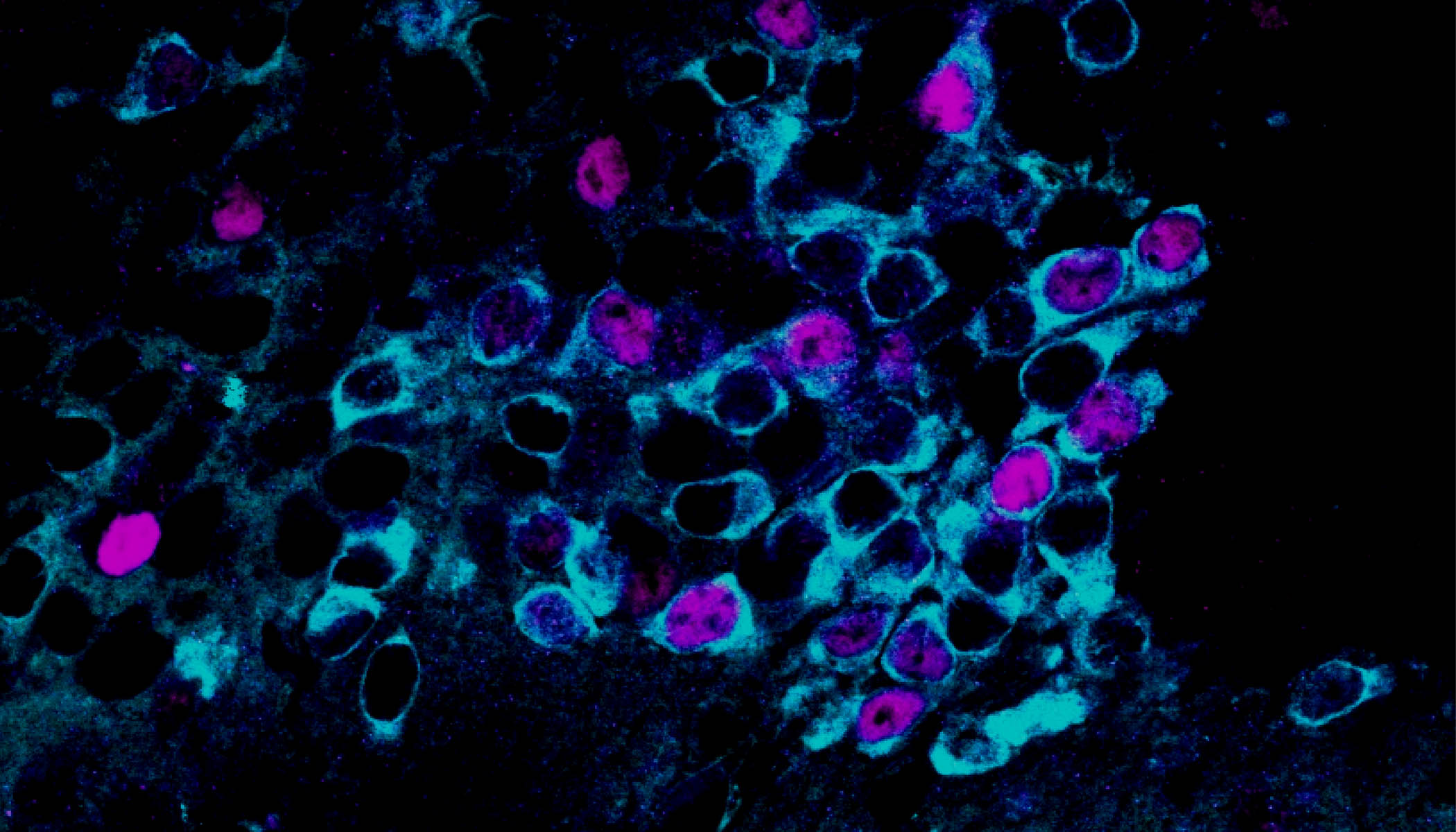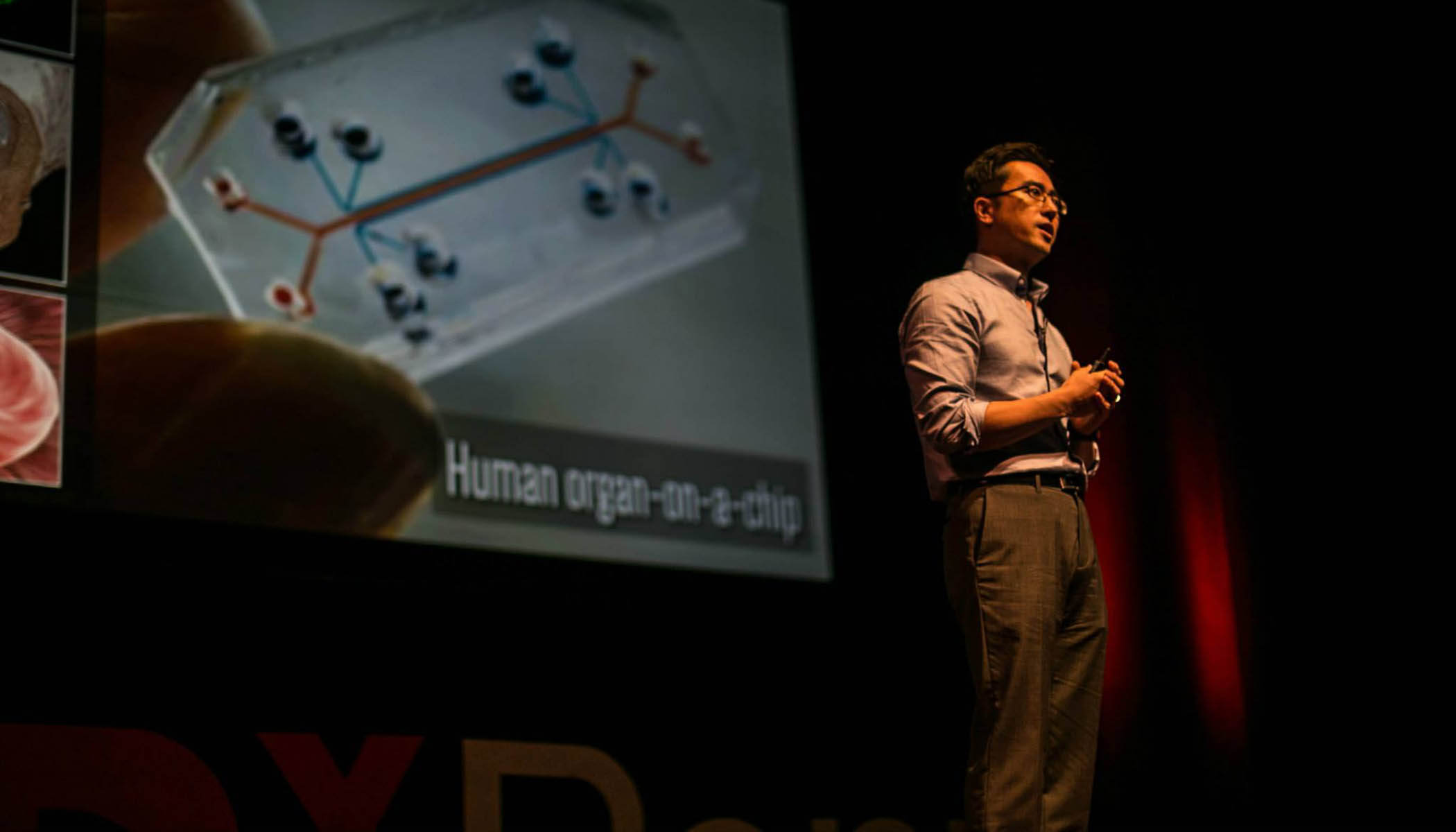Oct 13, 2022 · 8 min read
What Causes Inflammation and How Does It Affect Our Health?
Researchers work to better understand the role of different types of inflammation in disease.

You’ve probably heard the term inflammation in the context of overall health and well-being. But what is inflammation, and what impact does it have on the human body as it relates to both health and disease?
Inflammation occurs for many reasons. Some common causes of inflammation are:
- Pathogens — like bacteria or viruses
- External injuries — like scraping your knee or getting a splinter in your finger
In these cases, inflammation acts as a natural defense that helps our bodies maintain a healthy state in response to an invading threat or injury. However, in other cases, inflammation can be the cause or the consequence of harmful diseases like asthma, arthritis and heart disease.
Types of Inflammation: Acute and Chronic

There are two inflammation types: acute inflammation and chronic inflammation. Acute inflammation commonly occurs as the body’s natural defense against infection or injury. For example, if you come down with a cold or cut your finger, your body triggers an inflammatory response that directs immune cells to the injury site to start the healing process.
Chronic inflammation, on the other hand, happens when inflammation occurs in healthy tissues or lasts too long — for months or sometimes years. This type of inflammation can lead to longer-term damage of previously healthy tissues and gradually inhibit the body’s ability to repair itself.
Causes of Inflammation
Every day, scientists are learning more about what causes inflammation in the body and its role in disease. We know, for example, that chronic inflammation occurs in many diseases, including cancer, heart disease and Alzheimer’s disease. We also know that inflammation plays a role in organ failure, Type 2 diabetes and severe infectious diseases like COVID-19. The bottom line is that inflammation is present in many diseases and is a complicated process involving many different types of immune cells interacting with local tissue environments.
At the Chan Zuckerberg Initiative, we’re working to build on this existing knowledge to better understand inflammation and its impacts on the body on an even deeper level. For the past two years, we have been supporting a research network of scientists, engineers and clinicians who are using new high-resolution technologies to study the cells involved in inflammation, leading to advancements in inflammation research.
What research is being done to better understand the role of inflammation in disease?
Inflammation has a layered impact on our biology, from the systemic effects on our whole body (like fever), right down to the target cells and tissues. The CZI Cell Science (formerly the Single-Cell Biology) team funds inflammation grants and brings together collaborations of researchers with a variety of expertise to develop tools to study inflammation at the cellular level. Using single-cell methods brings unprecedented technical resolution to a biologically complex process. This approach may help us better understand specific cells or groups of cells that contribute to inflammation in specific diseases or are common to many diseases. Read on for highlights from this research network and the insights they have been uncovering:
Research on How Lifestyle Changes Impact the Body’s Inflammatory Response

Nearly 70% of the world’s population is expected to live in urban areas by 2050. As this transition accelerates, we need more information about how urbanization — the impact of higher percentages of people moving to cities — contributes to the rise in inflammatory diseases. CZI is supporting two research projects that study how living in urban settings contributes to inflammation. Researchers Julien Ayroles, Brittany Adamson and Michael Mina have studied how western lifestyles impact inflammatory response in the Turkana people of Kenya. Their work is helping us better understand how a person’s genetic background impacts the inflammatory response their body activates when it senses a potentially harmful invader — such as viruses or bacteria.
In another project, Ahmed Mahfouz, together with Moustapha Mbow and Maria Yazdanbakhsh, has studied people living in rural, semi-urban and urban areas of Africa to better understand how urbanization impacts the immune systems of people living in wildly different environments. Exploring this in great detail can help to better understand how the diversity in the immune system is modified by the environmental exposures of populations living in rural and urban areas and how healthy cells work and what goes wrong when disease strikes.
Inflammation Research Studying Chronic and Acute Inflammation
When you have a sudden injury, such as a knee scrape, an acute inflammatory response is triggered to facilitate the healing process. However, chronic inflammation occurs when your body continues to alert the immune system to continue the healing process even if you are not sick or injured — causing devastating effects on the human body. Researchers are working to better understand both chronic and acute inflammation and their impacts on our bodies.
In one such project, father and son Cole and Bruce Trapnell have taken an ambitious data-driven approach to understanding complex liver and lung diseases — the underlying causes of which are unclear. They have been collaborating with Yiing Lin, a surgeon-scientist and an expert in liver disease. Together, the team has worked to better understand complex cellular interactions and clinical features that will help explain individual diseases and commonalities within and across tissues. The results from their work will be used to inform a clinical trial, highlighting the potential for single-cell biology technologies to cure, prevent and manage diseases.
Researchers Melanie Neeland and Alicia Oshlack, and physician-scientists Sarath Ranganathan and Shivanthan Shanthikumar have studied another condition linked to chronic inflammation — childhood lung diseases. The team has been analyzing lung samples from healthy and unwell children, using advanced single cell technologies and new analytical tools. It’s the first project of its kind to use patient lung samples from young children in this way. Their efforts have revealed important biological insights into childhood cystic fibrosis and continue to inform new strategies to improve clinical care and lung health throughout life by filling the gap in information about the causes of pediatric lung diseases.
Research on Inflammation’s Impact as We Age
T cells — a type of white blood cell that helps protect the body against invading threats — play important roles in driving inflammatory processes and maintaining human health. Our bodies have developed mechanisms to regulate their location, activity, and function. However, aging is one of the most common factors that can cause T-cells to dysregulate — infiltrating tissues that they would not otherwise. This in turn causes declines in both immune cell diversity and function. To better understand this dysregulation a team out of Stanford University — including researchers Anne Brunet, Chris Garcia and Ami Bhatt — is developing single-cell tools to look at young, healthy T cells and begin to understand how age-related changes in these cells can lead to inflammation and increased susceptibility to disease.
Technology Development for Inflammation Research

At CZI, we’re supporting research to harness technology to accelerate scientific discovery — including a project led by Jeffrey Moffitt and Michael Carroll of Boston Children’s Hospital. This research team has been developing new tools to visualize subsets of immune cells that have a fundamental role in the adaptive immune system. The accumulation of too many of these specialized immune cells, including B and T cells, is linked to many diseases — including heart disease and arthritis. The tool developed by the team is being used to analyze specific receptors on each individual B and T cells to understand why they accumulate and how they interact with other cells in the same tissue.
In another project, physician-scientist Kelly Jurado has been working with Dan Donegeun Huh and Monica Mainigi to study the impact of chronic inflammation on pregnancy. Inflammation serves an essential role in pregnancy — providing immune protection. However, too much inflammation can have many negative consequences including premature birth, preeclampsia, and other health risks. To conduct their study, Jurado partnered with Dan Huh to develop an innovative “placenta-on-a-chip” model as a stand-in for a living organ. This tool — consisting of a small block of silicone-containing microfluidic channels separated by a membrane of human cells — allows for experiments that would be otherwise impossible. Results from this study will provide insight into immunological mechanisms that govern pregnancy, an understanding essential for proper diagnosis, prevention and treatment of infertility and pregnancy complications.
View the full list of single-cell inflammation grantees for more details on CZI’s support for inflammation research.





